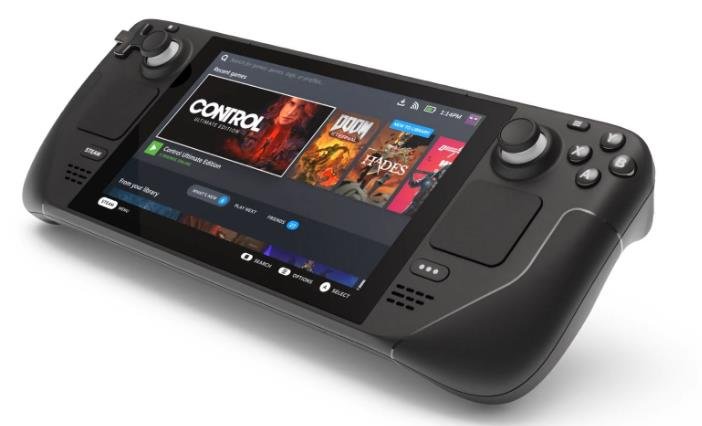Valve’s handheld gaming device, the Steam Deck, has been a hit among PC gamers since its launch in February 2022. The device allows users to play their Steam library on the go, with a 7-inch touchscreen, dual analog sticks, trackpads, and a full set of buttons. The Steam Deck runs on a custom AMD APU, with a quad-core Zen 2 CPU and an RDNA 2 GPU, offering enough power to run most PC games at 720p resolution and 60 FPS.
However, some gamers might be wondering if Valve has any plans to release a faster or improved version of the Steam Deck in the near future. The answer, according to Valve’s Pierre-Loup Griffais, is no. Griffais, who is the designer of the Steam Deck, told CNBC and The Verge that the company is not planning to upgrade the performance level of the device anytime soon.

A Stable Performance Target for Developers and Customers
Griffais explained that Valve wants to provide a stable performance target for developers and customers, and that changing the hardware specifications would complicate that message. He said that Valve has set a performance target that is a “sweet spot” for the hardware to play current PC games and will be stable for a “couple of years”.
He also said that Valve does not want to sacrifice battery life or power efficiency for more performance, and that he does not anticipate such a leap to be possible in the next couple of years. He added that Valve is still closely monitoring innovations in architectures and fabrication processes to see where things are going.
A Year of Improvements and Updates
While Valve may not be working on a Steam Deck 2, it has been constantly improving and updating the software and functionality of the original device. The Steam Deck runs on a Linux-based operating system called SteamOS 3.0, which uses Proton, a compatibility layer that allows Windows games to run on Linux.
Since its initial release, the Steam Deck has upgraded or added features such as better overall performance, smarter cooling and fan speed options, increased compatibility with a massive number of Steam games, better control and sorting of your game library, numerous UI improvements, midgame suspension for quick shutdowns, big improvements to control customization, and better support for expanded microSD storage.
A Competitive Market for Handheld Gaming
The Steam Deck is not the only handheld gaming device on the market. Since its release, other hardware-makers have released their own handheld gaming consoles, such as the Logitech G-Cloud, Asus Rog Ally and Razer Edge. In October 2023, Lenovo will launch its Legion Go device, while Sony will come out with its PlayStation Portal later in the year.
These devices offer different features and specifications, such as cloud gaming, Android compatibility, OLED screens, or dual-screen designs. However, none of them can match the Steam Deck’s library of over 50,000 games available on Steam.
The Steam Deck is currently sold out on Valve’s website, with new orders expected to ship in early 2024. The device comes in three models: 64 GB ($399), 256 GB ($529), and 512 GB ($649).
